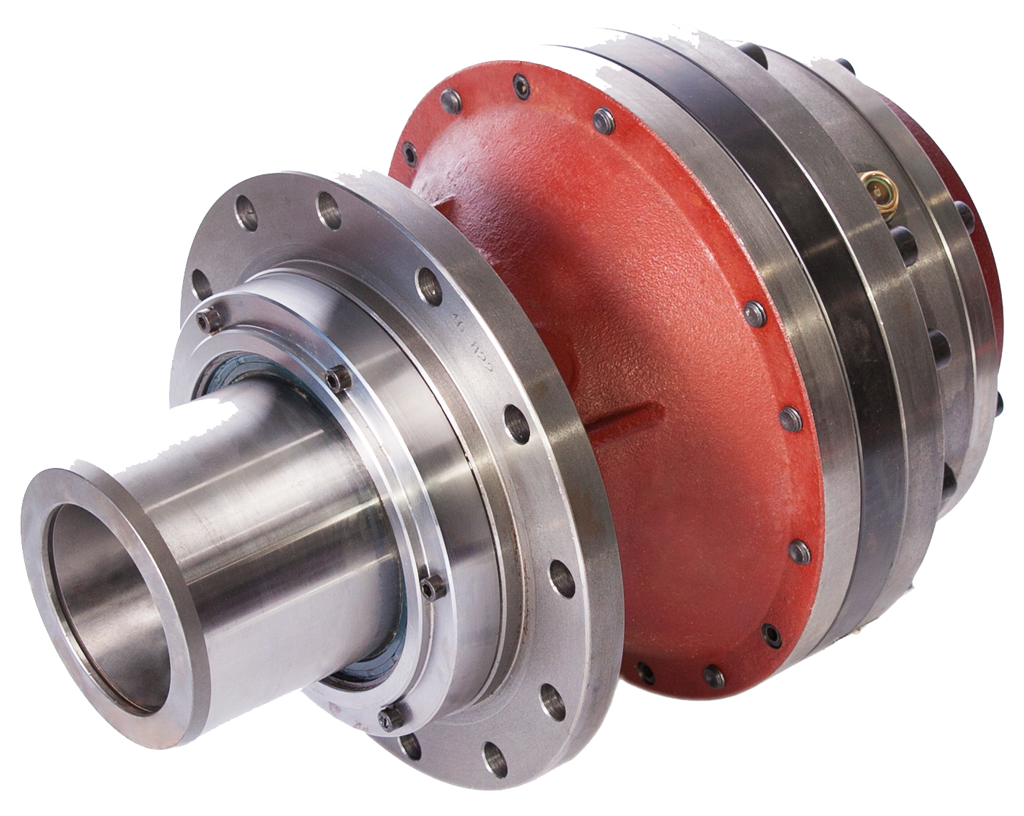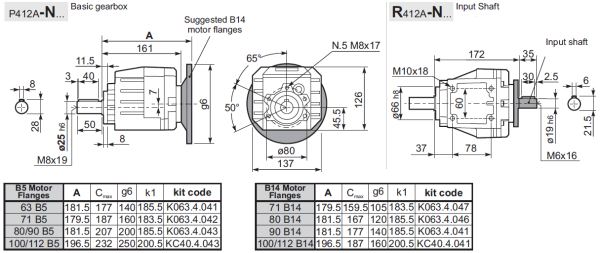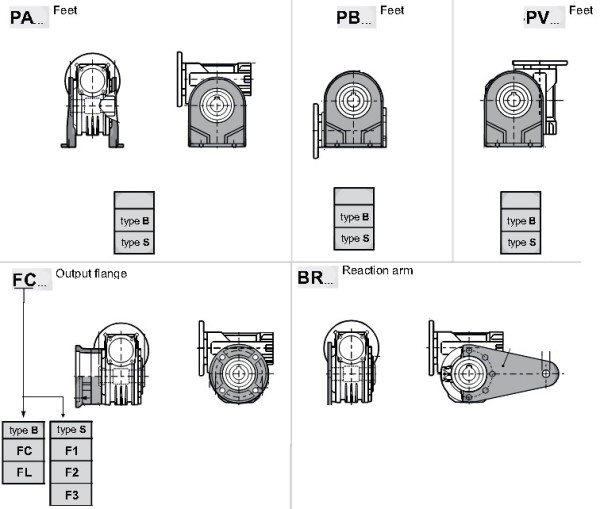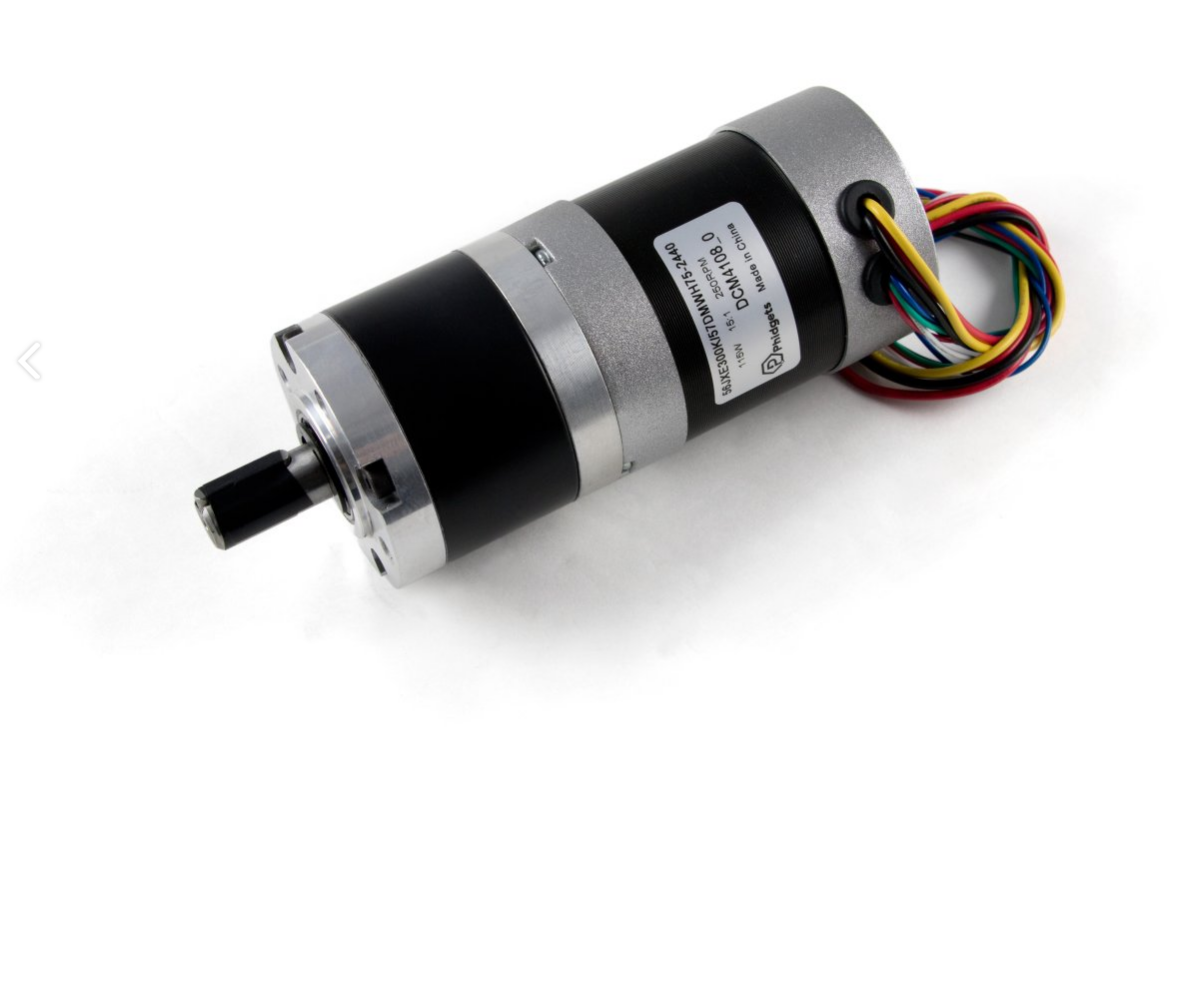
GRESIK Stufengehrung 1 Stück Stirnradritzel 1,5 m 12 T 14 T 15 T 16 T 17 T 18 T 19 Zähne Stirnradgetriebe 45 Stahlzahnstange Getriebemotorgetriebe Stirnfase (Color : 6mm bore, Size : 1.5M 16T) : Amazon.de: Gewerbe, Industrie & Wissenschaft

SIGNABOT 12V 60RPM Getriebe Motor Hohes Drehmoment Elektrischer Untersetzung Getriebe Motor Exzentrische Abtrieb Welle 37Mm Getriebe : Amazon.de: Auto & Motorrad

Rührgerät Mörtelrührer Handrührgeräte 6 StufenMischer Rührer Betonrührer Mörtel Betonrührer (Aufsatz 120mm,2600W,6-Gang-Getriebe) : Amazon.de: Baumarkt

Hydraulik Getriebe - Wie sie funktionieren und wo sie eingesetzt werden - Hytrade24 Hydraulikmagazin

48 V 250 W 16 / 20 Zoll / 24 Zoll / 26 Zoll / 27,5 Zoll / 28 Zoll / 700 C Umbausatz für E-Bike, wasserdicht, mit Nabenmotor ohne Getriebe : Amazon.de: Sport & Freizeit

Kugellager Verbessern Sie den Wirkungsgrad des Stahlflugzeug-Axiallagers Hochgenaue Industrieanlagen 51307 für Getriebe: Amazon.de: Gewerbe, Industrie & Wissenschaft

AQTZGOS Zementmischer Industriemischer Cement mixer, 2100Watt Hohe Leistung 6-Gang Getriebe : Amazon.de: Baumarkt

GRESIK Stufengehrung 1 Stück Stirnradritzel 1,5 m 12 T 14 T 15 T 16 T 17 T 18 T 19 Zähne Stirnradgetriebe 45 Stahlzahnstange Getriebemotorgetriebe Stirnfase (Color : 6mm bore, Size : 1.5M 16T) : Amazon.de: Gewerbe, Industrie & Wissenschaft

RC Stirnradgetriebe 46 Zähne M1 18T 20T Metall Hauptzahnrad RC Car Upgrade Zubehör mit Ritzel Conversion Kit für XO 1 E REVO 2.0 ferngesteuertes Auto: Amazon.de: Spielzeug

RC Stirnradgetriebe 46 Zähne M1 18T 20T Metall Hauptzahnrad RC Car Upgrade Zubehör mit Ritzel Conversion Kit für XO 1 E REVO 2.0 ferngesteuertes Auto: Amazon.de: Spielzeug

Rührgerät Mörtelrührer Handrührgeräte 6 StufenMischer Rührer Betonrührer Mörtel Betonrührer (Aufsatz 120mm,2600W,6-Gang-Getriebe) : Amazon.de: Baumarkt

SIGNABOT 12V 60RPM Getriebe Motor Hohes Drehmoment Elektrischer Untersetzung Getriebe Motor Exzentrische Abtrieb Welle 37Mm Getriebe : Amazon.de: Auto & Motorrad

Zahnräder 90T Stirnrad, Hauptzahnräder aus Gehärtetem Stahl Für 94108 94188 1/10 RC Car(Silber) : Amazon.de: Spielzeug

Kugellager Verbessern Sie den Wirkungsgrad des Stahlflugzeug-Axiallagers Hochgenaue Industrieanlagen 51307 für Getriebe: Amazon.de: Gewerbe, Industrie & Wissenschaft

GRESIK Stufengehrung 1 Stück Stirnradritzel 1,5 m 12 T 14 T 15 T 16 T 17 T 18 T 19 Zähne Stirnradgetriebe 45 Stahlzahnstange Getriebemotorgetriebe Stirnfase (Color : 6mm bore, Size : 1.5M 16T) : Amazon.de: Gewerbe, Industrie & Wissenschaft








